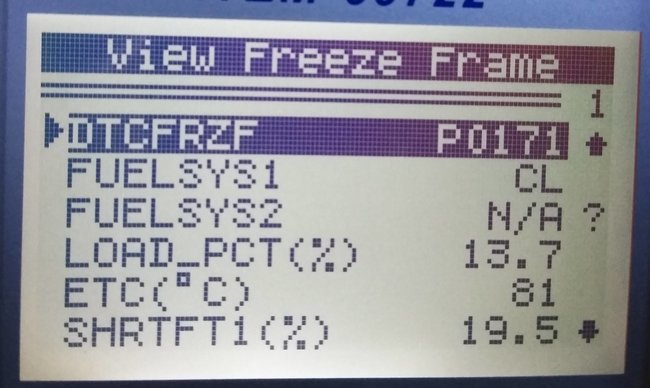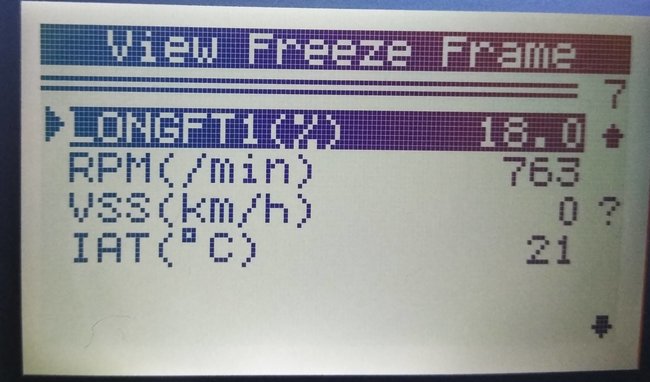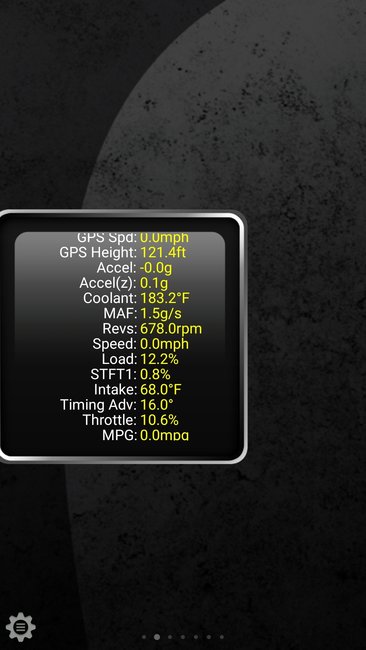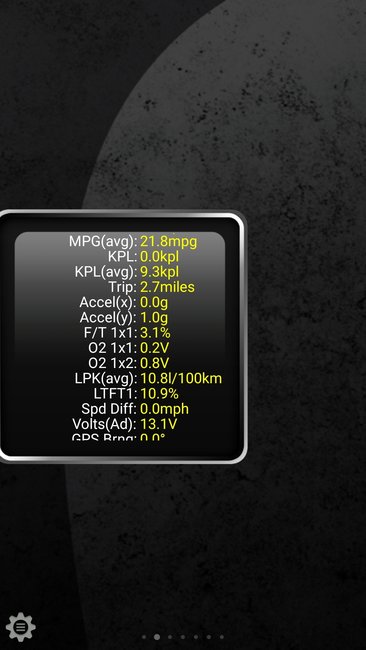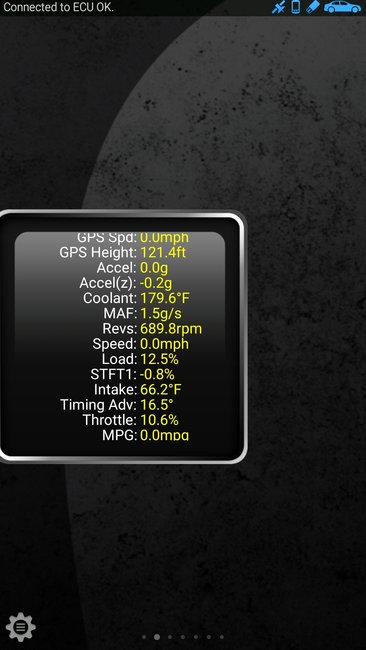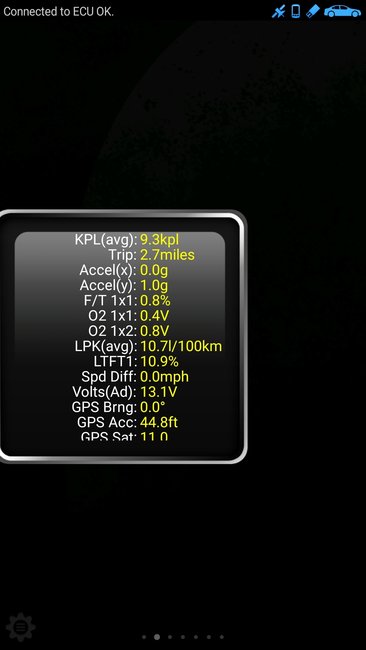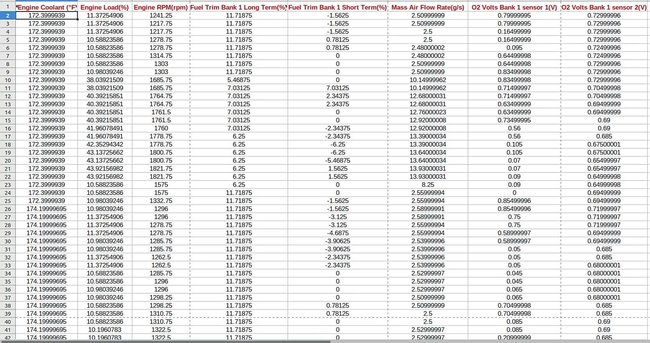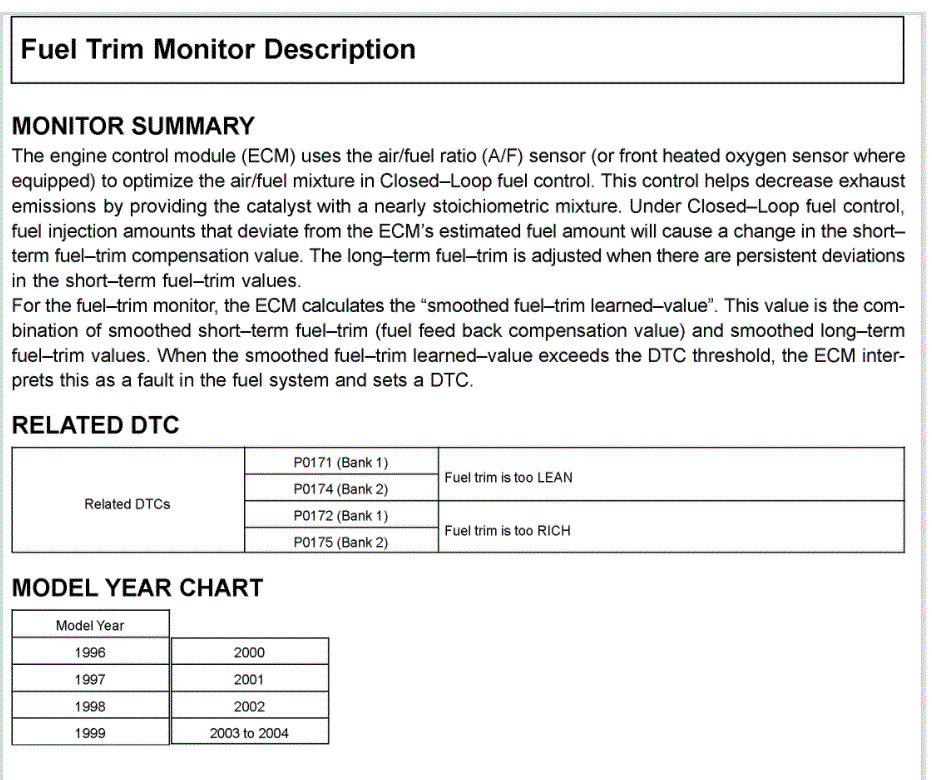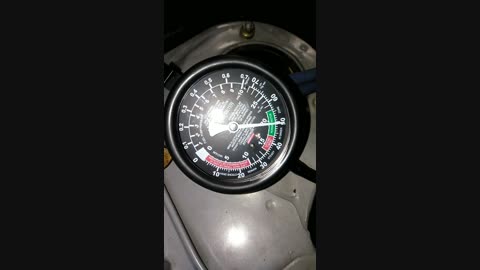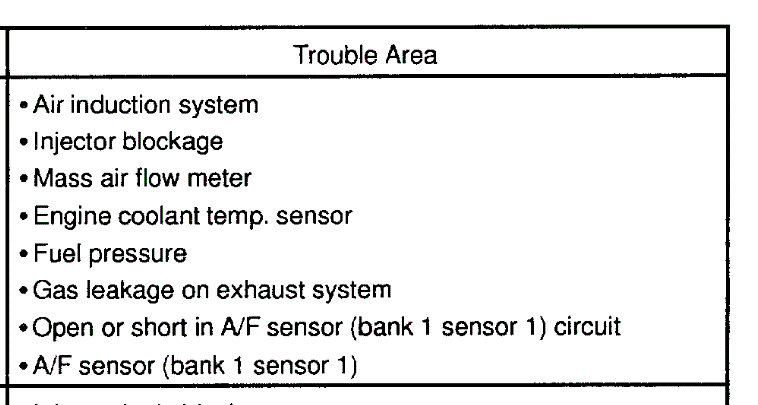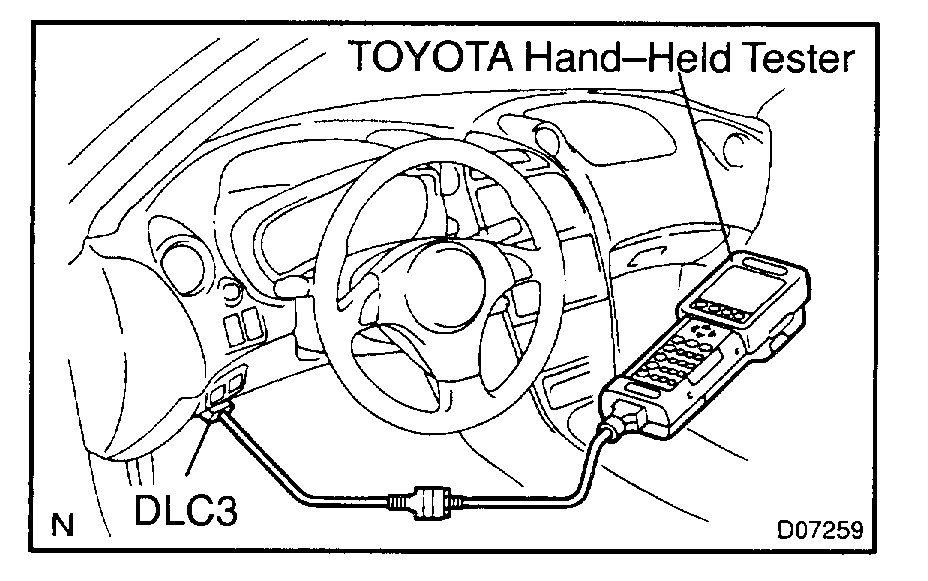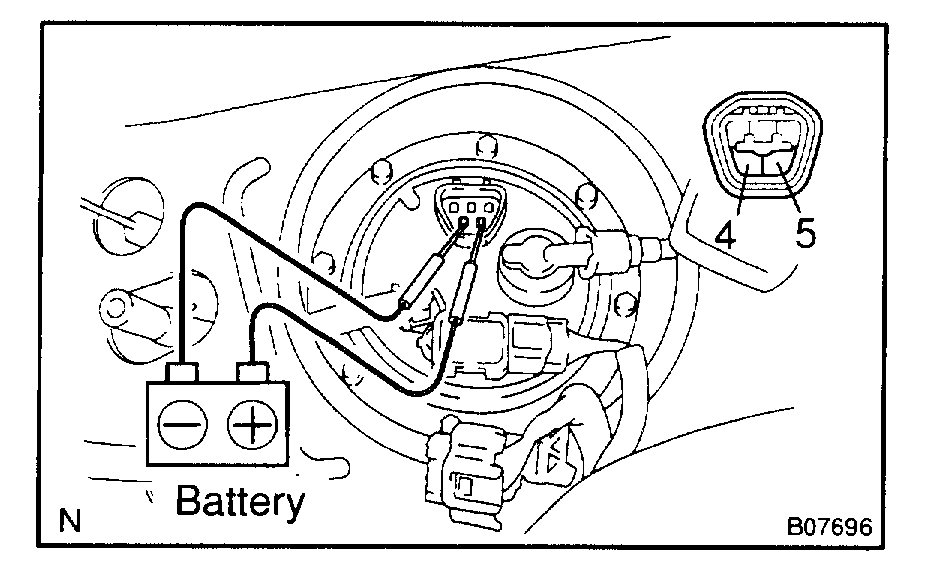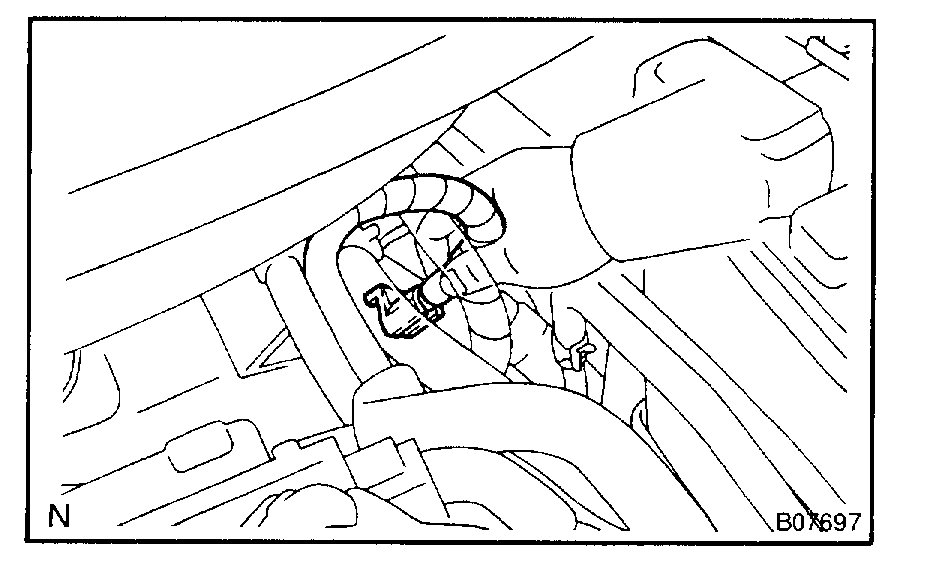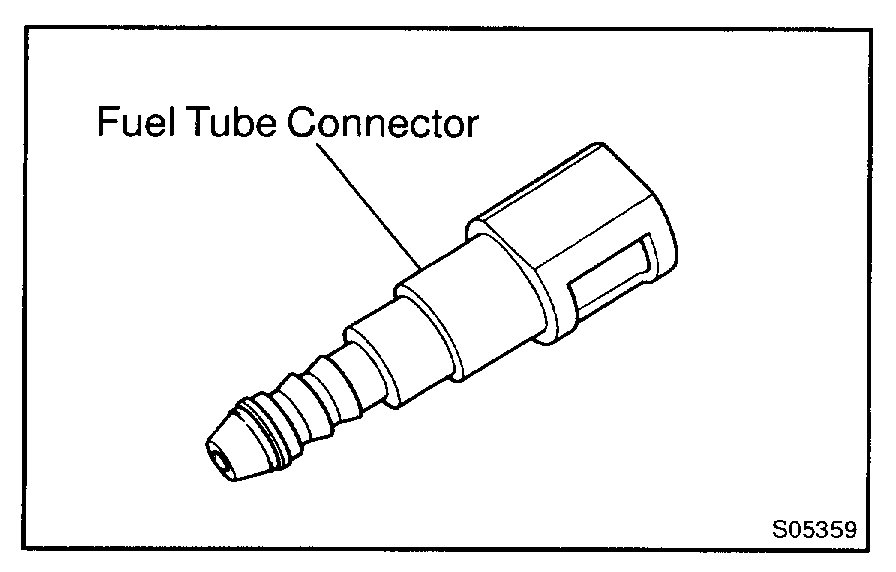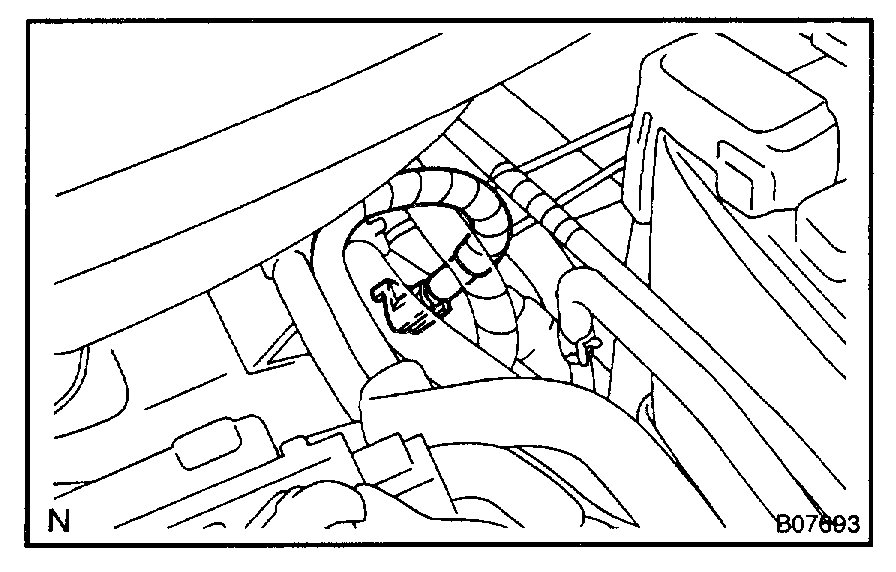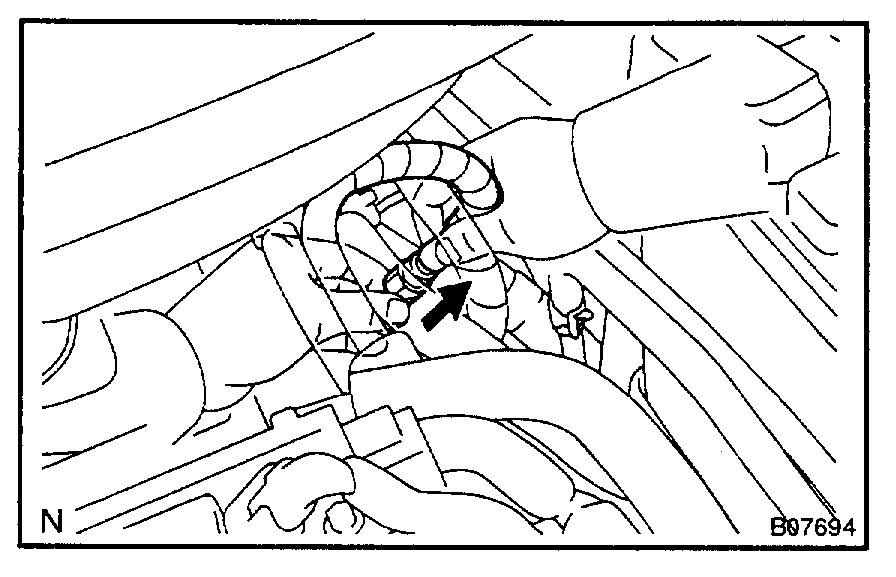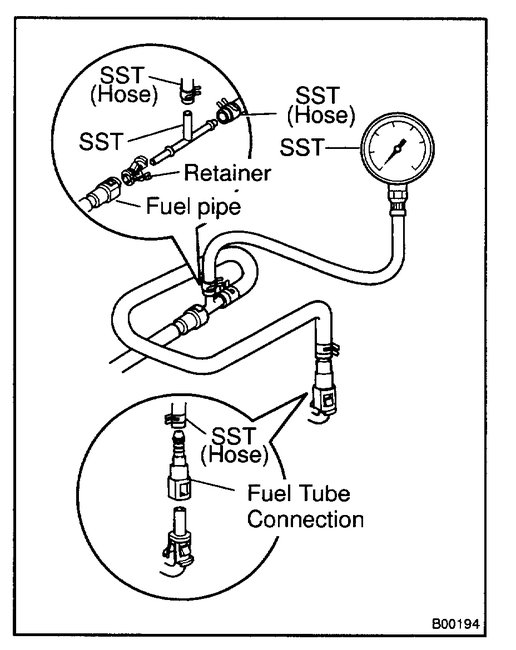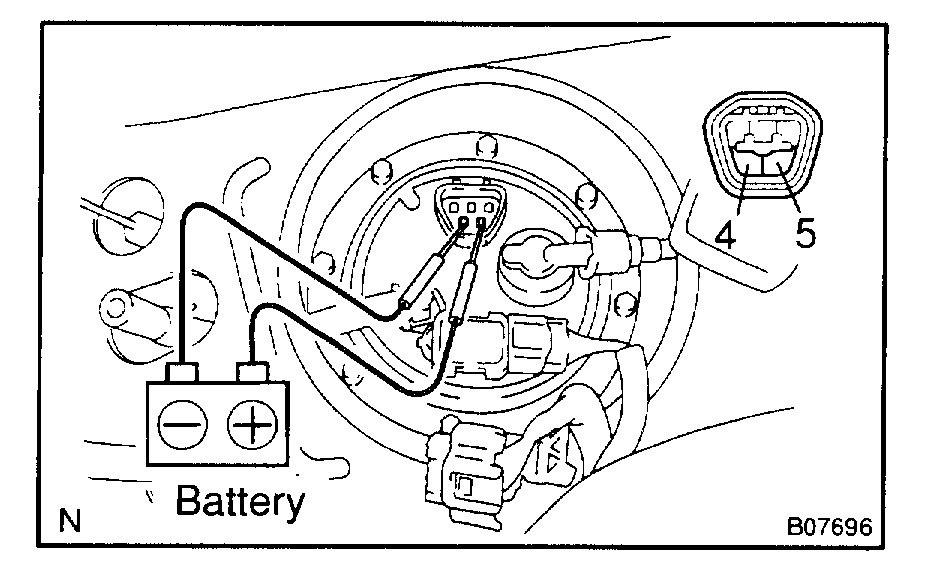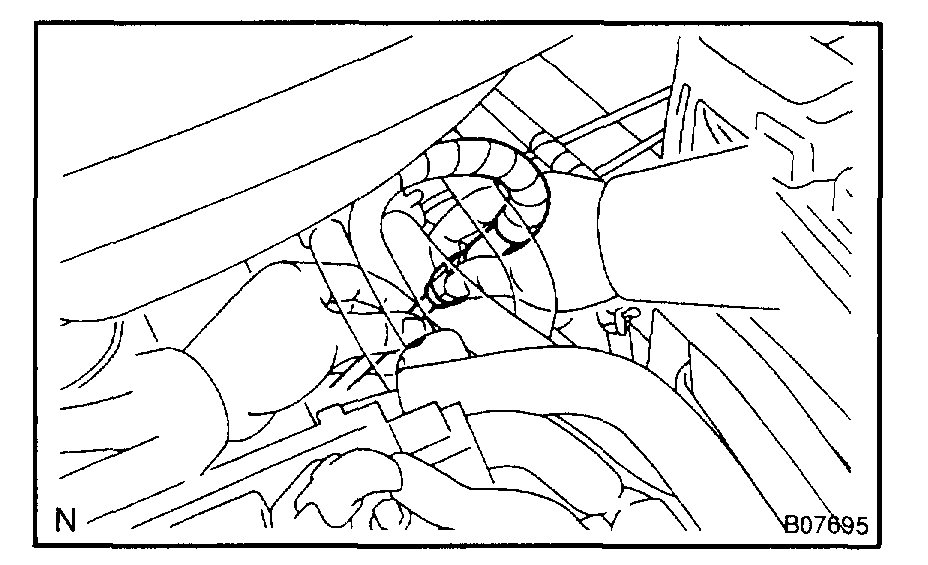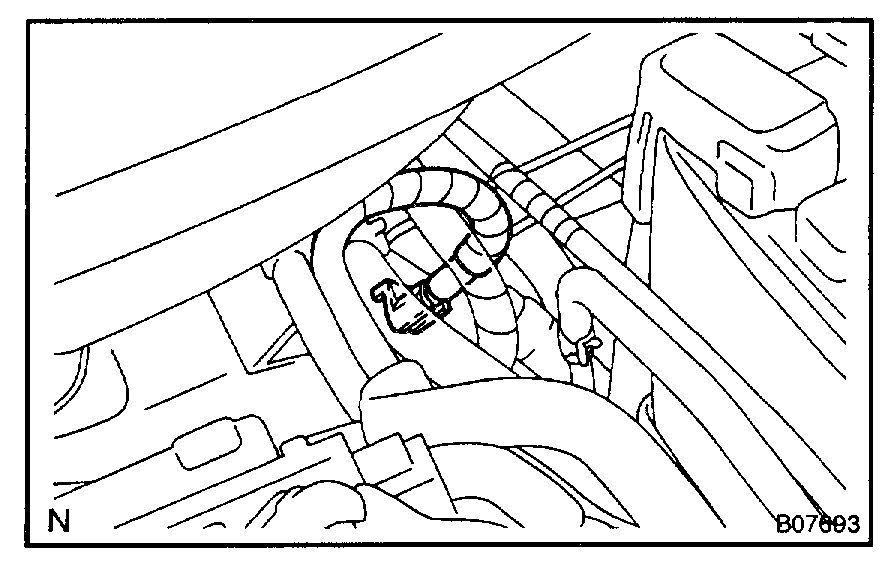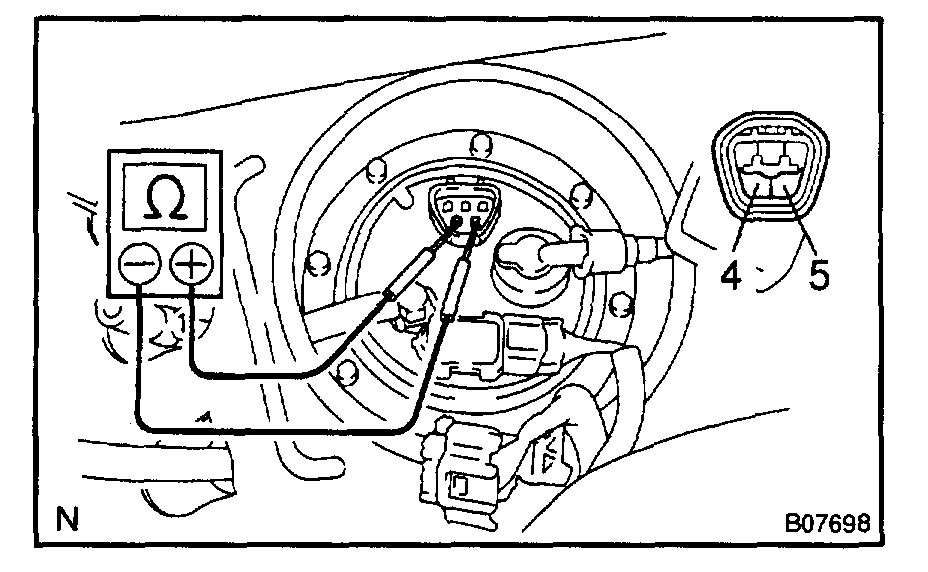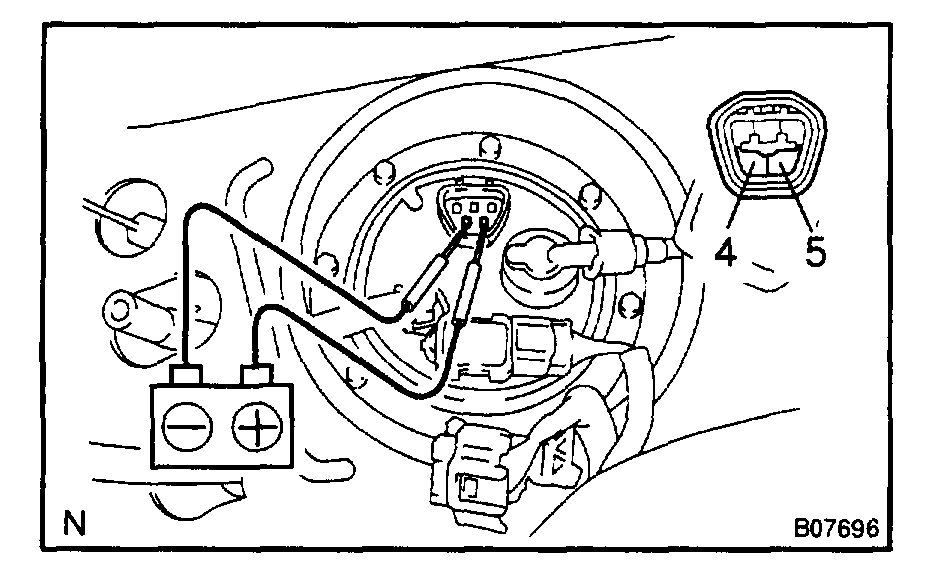Hi,
The vacuum is a bit high. There are a few things that can cause this. For example, a plugged or partially plugged air filter. Also, an incorrect PCV valve restricting flow. If you look at pic 1, it indicates possible causes.
Here is what I suggest next. Check the above things first. If they appear good, confirm there is nothing blocking airflow into the engine. If it looks okay, then check fuel pressure.
Here is a link showing how in general to check fuel pressure:
https://www.2carpros.com/articles/how-to-check-fuel-system-pressure-and-regulator
____________
Here are directions specific to your vehicle. The remaining pics correlate with the directions.
___________________________________________
2001 Toyota Celica GT L4-1.8L (1ZZ-FE)
Component Tests and General Diagnostics
Vehicle Powertrain Management Fuel Delivery and Air Induction Fuel Pump Fuel Pressure Testing and Inspection Component Tests and General Diagnostics
COMPONENT TESTS AND GENERAL DIAGNOSTICS
On-Vehicle Inspection
pic 2
1. CHECK FUEL PUMP OPERATION
a. Connect the TOYOTA hand-held tester to the DLC3.
b. Turn the ignition switch ON and TOYOTA hand-held tester main switch ON.
NOTE: Do not start the engine.
c. Select the active test mode on the TOYOTA hand-held tester.
d. Please refer to the TOYOTA hand-held tester operator's manual for further details.
pic 3
e. If you have no TOYOTA hand-held tester, connect the positive (+) lead from the battery to terminal 4 of the connector, and the negative (-) lead to terminal 5.
pic 4
f. Check that there is pressure in the fuel inlet pipe from the fuel line.
HINT: If there is fuel pressure, you will hear the sound if fuel following.If there is no pressure, check these parts, Fusible link, Fuses, EFI Main relay, Fuel pump, ECM, and Witting connector.
g. Turn the ignition switch to LOCK.
h. Disconnect the TOYOTA hand-held tester from the DLC3.
pic 5
2. CHECK FUEL PRESSURE
a. Check the battery positive voltage is above 12 V.
b. Disconnect the negative (-) terminal cable from the battery.
c. Purchase the new fuel tube and take out the fuel tube connector from its pipe.
Part No.:
1ZZ-FE: 23901-22100
2ZZ-GE: 23271-88600
pic 6
d. Remove the fuel pipe clamp.
pic 7
e. Disconnect the fuel tube (fuel tube connector) from the fuel pipe.
CAUTION:
- Perform disconnecting operations of the fuel tube connector (quick type) after observing the precautions.
- As there is retained pressure in the fuel pipe line, prevent if from splashing inside the engine comportment.
pic 8
f. Install SST (pressure gauge) as shown in the illustration by using SST and fuel tube connector.
SST 09268-41047 (95336-08070), 09268-45014 (09268-41200, 09268-41220, 09268-41250)
g. Wipe off any splattered gasoline.
h. Reconnect the negative (-) terminal cable to the battery.
pic 9
i. Connect the TOYOTA hand-held tester to the DLC3. If you have no TOYOTA hand-held tester, connect the positive (+) lead from the battery to terminal 4 of the connector, and the negative (-) lead to terminal 5.
j. Measure the fuel pressure.
Fuel pressure: 301-347 kPa (3.1-3.5 kg/sq.cm, 44-50 psi)
If pressure is high, replace the fuel pressure regulator.
If pressure is low, check the fuel hoses and connections, fuel pump, fuel filter, and fuel pressure regulator.
k. Disconnect the TOYOTA hand-held tester from the DLC3.
l. Start the engine.
m. Measure the fuel pressure at idle.
Fuel pressure: 301-347 kPa (3.1-3.5 kg/sq.cm, 44-50 psi)
n. Stop the engine.
o. Check that the fuel pressure remains as specified for 5 minutes after the engine has stopped.
Fuel pressure: 147 kPa (1.5 kg/sq.cm, 21 psi) or more
If pressure is not as specified, check the fuel pump, pressure regulator and/or injectors.
p. After checking fuel pressure, disconnect the negative (-) terminal cable from the battery and carefully, remove the SST and fuel tube connector to prevent gasoline from splashing.
SST 09268-41047 (95336-08070), 09268-45014 (09268-4200, 09268-41220, 0926-41250)
pic 10
q. Reconnect the fuel tube (fuel tube connector).
CAUTION: Perform connecting operations of the fuel tube connector (quick type) after observing the precautions.
pic 11
r. Install the fuel pipe clamp.
s. Reconnect the negative (-) terminal cable to the battery.
t. Check for fuel leakage.
3. REMOVE REAR SEAT CUSHION
4. REMOVE FLOOR SERVICE HOLE COVER
5. DISCONNECT FUEL PUMP & SENDER GAUGE CONNECTOR
pic 12
6. INSPECT FUEL PUMP RESISTANCE
Using an ohmmeter, measure the resistance between terminals 4 and 5.
Resistance: 0.2 - 3.0 Ohms at 20 °C (68 °F)
If the resistance is not as specified, replace the fuel pump.
pic 13
7. INSPECT FUEL PUMP OPERATION
Connect the positive (+) lead from the battery to terminal 4 of the connector and the negative (-) terminal 5. Check that the pump operates.
NOTE:
- These tests must be done quickly (within 10 seconds) to prevent the coil burning out.
- Keep fuel pump as far away from the battery as possible.
- Always do the switching at the battery side.
If operation is not as specified, replace the fuel pump or lead wire.
8. RECONNECT FUEL PUMP & SENDER GAUGE CONNECTOR
9. REINSTALL FLOOR SERVICE HOLE COVER
10. REINSTALL REAR SEAT CUSHION
____________________________
Let me know what you find.
Joe
Images (Click to make bigger)
Monday, December 14th, 2020 AT 3:54 PM
